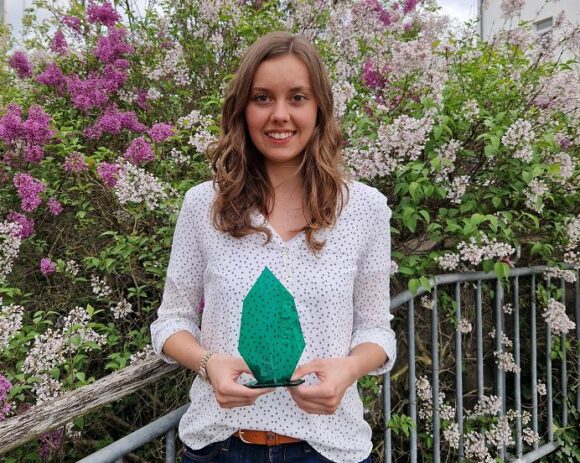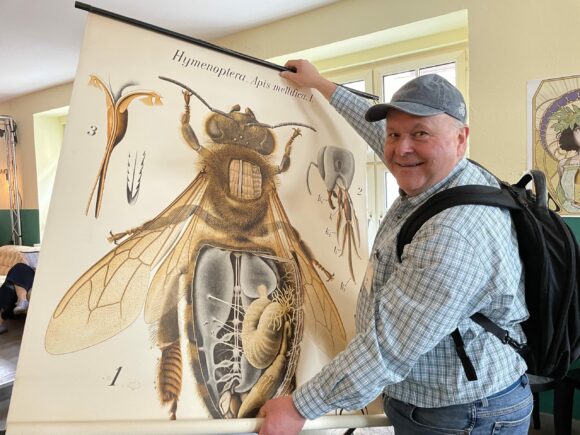Hof University of Applied Sciences is working on a way to reduce many of the current returns in online shopping in the future, making the shopping experience much more sustainable. In the “TryOn@Home” project, an online demonstrator is being developed for this purpose, which will make it possible, among other things, to determine not only color-coordinated and appropriately designed garments but also the individually fitting clothing sizes, which can then be ordered immediately.

Like many areas of daily life, the economy is characterized by a growing awareness of sustainability. Mail order companies in particular are therefore faced with the immense challenge of coping with the previously unchecked increase in returned products worldwide while at the same time conserving resources. In order to avoid as many returns as possible, companies are increasingly focusing on measures such as improved product descriptions, detailed size information and high-quality product images. All of this is intended to help customers make the right decision right from the first order and avoid returns.
Interactive dressing room
Interactive tools are already increasingly being used to help customers select suitable products. Until now, however, these have mostly been guided selection routes to find the right product category. “Our approach to avoiding returns in the clothing sector and thus increasing resource efficiency is to allow customers to try on products virtually on the computer in order to make the most precise pre-selection possible in terms of fit and personal taste – in the best case scenario, this provides almost all the necessary information that would be obtained by physically trying them on in the fitting room. Only the tactile experience of the fabric or how it feels to wear is not yet possible here,” says project manager Prof. Dr. Groth from the Institute for Information Systems at Hof University of Applied Sciences (iisys).
Human-machine interface
This added value will be made possible by a demonstrator being developed as part of the research work, which will have a multimodal human-machine interface. In addition to the current camera image of the user, this will also use images of the articles and data such as article dimensions, person sizes and different poses. “This makes it possible to virtually adapt a photorealistic and size-accurate representation of the selected item of clothing to the customer,” explains project manager Prof. Dr. Christian Groth. Prof. Groth admits that there are already computer models that attempt to depict items of clothing on people. However: “However, the size is not taken into account, but the garments always fit exactly – and the disappointment often awaits you only after the order has been delivered,” explains project team member Bastian Scharnagl.
Live test soon on the project partner’s website
To prevent this, the iisys research group is looking for and adapting suitable models of generative AI that make it possible to virtually adapt items of clothing to people. “We expand these so that we can process multimodal input data. We then train the AI models so that a realistic estimate of the size is possible,” adds Prof. Groth. For the training, project partner “pureshirt”(www.pureshirt.com) provides various data such as product photos on a human model as well as patterns and size information. The next step in the project is to create synthetic images using rendering software in order to further improve the quality of the AI models. The resulting demonstrator will then be implemented on the project partner’s website. “This gives us sufficient feedback on the acceptance and quality of the generated images,” says Prof. Groth.

Open source solution freely available for small and medium-sized enterprises
The availability of the solution is also new – because the models created in the project are to be published as open source software: “This means that a large number of companies can benefit from them, especially small and medium-sized enterprises,” says Prof. Groth hopefully.
Funding
“TryOn@Home” is a sub-project of the technology transfer project “Multi-modal human-machine interface with AI at Hof University of Applied Sciences”. The project is funded by the European Regional Development Fund (ERDF) as part of the ERDF Operational Program under the objective “IWB – Investments in Growth and Employment” Bavaria 2021 – 2027 (IWB).







